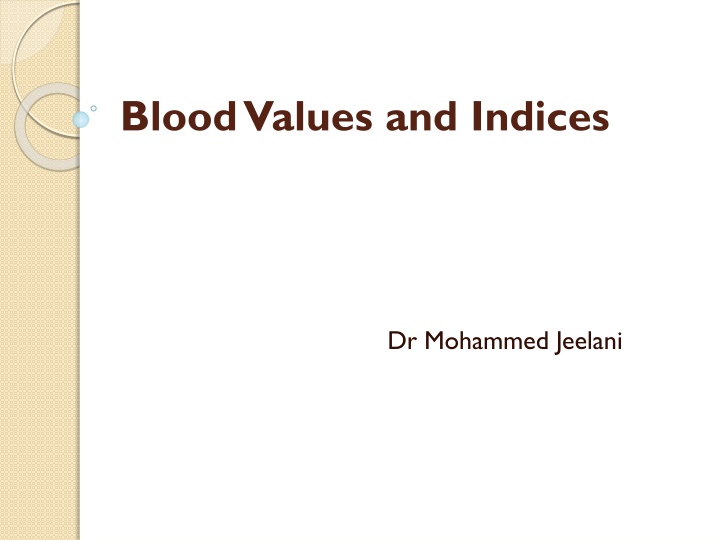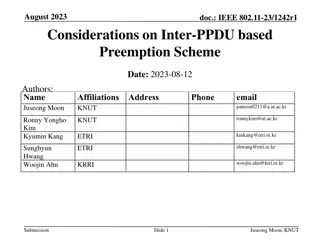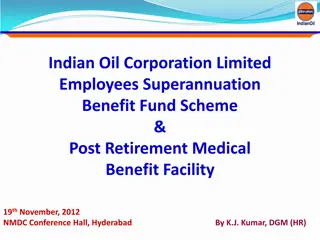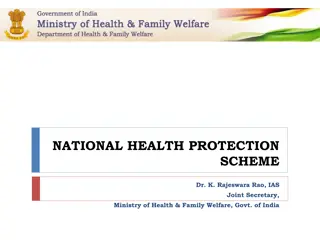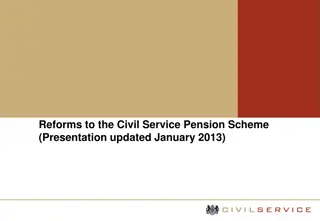Worcestershire Shared Lives Scheme Overview
Providing care and support through the Shared Lives Scheme in Worcestershire, individuals have the opportunity to be welcomed into a provider's family and community. Prospective providers undergo assessment, training, and panel approval to ensure compliance with CQC regulations. Expectations include fostering skills development, privacy, dignity, and respect for individuals. The process to become a provider involves various steps like completing a portfolio and undergoing a comprehensive assessment. The scheme emphasizes on Caring, Responsive, Effective, Safe, and Well-Led practices outlined in the handbook.
Download Presentation

Please find below an Image/Link to download the presentation.
The content on the website is provided AS IS for your information and personal use only. It may not be sold, licensed, or shared on other websites without obtaining consent from the author.If you encounter any issues during the download, it is possible that the publisher has removed the file from their server.
You are allowed to download the files provided on this website for personal or commercial use, subject to the condition that they are used lawfully. All files are the property of their respective owners.
The content on the website is provided AS IS for your information and personal use only. It may not be sold, licensed, or shared on other websites without obtaining consent from the author.
E N D
Presentation Transcript
Blood Values and Indices Dr Mohammed Jeelani
Specific learning outcomes List types of hemoglobin and its normal values Describe functions and clinical significance of hemoglobin List the different types of WBCs Give the normal value of each type of WBCs and its clinical significance Describe the normal value of platelets and its clinical significance Describe the normal values and indices of RBCs and their clinical significance
Types of haemoglobin Adult haemoglobin or haemoglobin A Haemoglobin A [HbA ( 2 2)]. Haemoglobin A2 [HbA2 ( 2 2)].- 2.5% of HbA Fetal haemoglobin or haemoglobin F [HbF ( 2 2)]
Functions of Haemoglobin Transport of O2 from lungs to tissues Transport of CO2 from the tissues to the lungs Control pH of the blood: six times the buffering capacity as compared to the plasma proteins.
Leucocytosis increase in total WBC count above 11,000/ L. Pathological causes 1. Acute bacterial infections especially by the pyogenic organisms, 2. Acute haemorrhage, 3. Burns, 4. Post-operative period, 5. Tuberculosis and 6. Glandular fever. Physiological causes 1. Exercise, 2. After food intake, 3. Mental stress, 4. Pregnancy and 5. Exposure to low temperature.
Leucopenia decrease below 4000/ L. 1. Infections by the non-pyogenic bacteria, especially typhoid fever and paratyphoid fever. 2. Viral infections, such as influenza, smallpox, mumps, etc. 3. Protozoal infections. 4. Starvation and malnutrition. 5. Aplasia of bone marrow. 6. Bone marrow depression due to: Drugs, such as chloromycetin and cytotoxic drugs Repeated exposure to X-rays or radiations. Chemical poisons like arsenic, dinitrophenol and antimony.
Platelets Normal count: 150,000 to 450,000/ L with an average of 2.5 lac/ L.
Thrombocytosis. increase in the number of platelets more than 4.5 lac/ L 1. After splenectomy 2. After: Haemorrhage, Severe injury, Major surgical operation and Parturition. 3. In myeloproliferative disorders such as: Chronic myeloid leukaemia, Polycythaemia vera and Myelofibrosis.
Thrombocytopenia. Decrease in the number of platelets below 1.5 lac/ L 1. Idiopathic thrombocytopenic purpura 2. Bone marrow depression 3. Acute leukaemia or secondary deposits of malignancy in the bone marrow. 4. In infections like smallpox, chickenpox, typhoid and dengue fever. 5. In hypersplenism. 6. In toxaemia, septicaemia and uraemia.
Red cell indices Used for diagnosis of Type of anaemia Include Mean corpuscular volume Mean cell haemoglobin Mean cell haemoglobin concentration Colour index
Mean corpuscular volume (MCV): average volume of a single RBC Normal value of the MCV is 90 m3 (range 78 94 m3) Decreased value of the MCV occurs in microcytosis. Increased value of the MCV occurs in macrocytosis
Mean cell haemoglobin (MCH) average weight of the Hb contained in each RBC Normal value of MCH is 30 (range 27 33) pg.
Mean cell haemoglobin concentration (MCHC) amount of Hb expressed as a percentage of the volume of a RBC. Normal value of MCHC is 33.3% (range 30 38%). In hypochromic RBCs the values of MCHC are less than the normal, as is seen in the iron deficiency anaemia. Hyperchromic : rare (RBCs cannot hold Hb beyond the saturation point).
Colour index (CI) ratio of Hb to RBC. For calculating CI, Hb of 14.8 g/dL is taken as 100% and RBC count of 5 million/ L is taken as 100%. Normal values of CI vary from 0.85 to 1.15. CI is insignificant because normal range of RBC is very wide.
Reference Medical physiology for UG, Indu khurana, 1st edition, Elsevier publication chapter 3.2 page 101-102, 109-111, chapter 3.3 page 121-122, chapter 3.5 page 150-151
